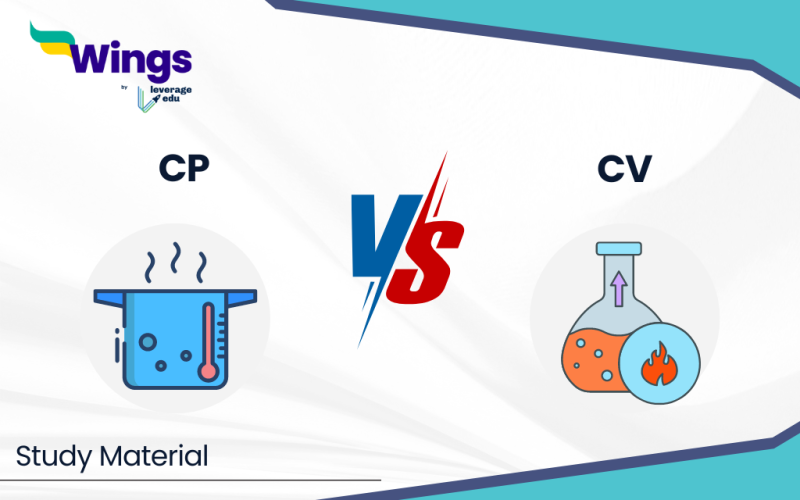Relationship Between CP and CV: In simple terms, CP and CV are two important concepts in thermodynamics, which is the study of heat and energy. CP stands for “specific heat at constant pressure,” while CV stands for “specific heat at constant volume.” These terms help us understand how much heat energy is needed to raise the temperature of a substance.
You need to understand the relationship between CP and CV. This blog tells the relationship between CP and CV, understanding their differences. Keep scrolling for more information.
Table of Contents [show]
What is CP?
CP, or specific heat at constant pressure, is a way to measure how much heat energy is needed to raise the temperature of a substance when the pressure around it doesn’t change.
Imagine you have a pot of water on the stove. As you heat the water, the pressure from the air around it stays the same. CP tells us how much heat you need to add to make the water hotter under these conditions.
It’s an important concept because it helps us understand how different materials respond to heating. Also, when they can expand freely, like when water turns to steam.
Also read: What is the Difference Between Uniform and Non-Uniform Motion? Get Sample Questions
What is CV?
CV, or specific heat at constant volume, measures how much heat energy is needed to raise the temperature of a substance when its volume doesn’t change.
Think about heating air in a sealed, rigid container that can’t expand. The air can’t get bigger, so all the heat energy goes into raising the temperature of the air.
CV is important because it helps us understand how materials behave when they are heated in a fixed space where they can’t expand, like in certain engines or scientific experiments.
What is the Relationship Between CP and CV?
The relation between CP (specific heat at constant pressure) and CV (specific heat at constant volume) can be presented in tabular form as below:
| Aspect | CP (Specific Heat at Constant Pressure) | CV (Specific Heat at Constant Volume) |
| Definition | The heat needed to raise the temperature at constant pressure | The heat needed to raise the temperature at a constant volume |
| Conditions | Substances can expand (e.g., air in an open balloon) | The substance cannot expand (e.g., the air in a sealed container) |
| Heat Energy Usage | Raises temperature and does work (expansion) | Raises temperature only |
| Typical Values | Generally higher than the CV | Generally lower than CP |
| Relationship Formula | CP = CV + R (for gases) | CV = CP – R (for gases) |
| Example Situation | Heating water in an open pot | Heating gas in a fixed, rigid tank |
Also read: What is the Difference Between Relief Valve and Safety Valve?
FAQs
The full form of CP is Specific heat at constant pressure.
The full form of CP is Specific heat at constant volume.
The relationship formulae for CP and CV are CP = CV + R (for gases).
RELATED POSTS
This was all about the “Relationship between CP and CV”. For more such informative blogs, check out our Study Material Section, you can learn more about us by visiting our Indian exams page.
 One app for all your study abroad needs
One app for all your study abroad needs















 45,000+ students trusted us with their dreams. Take the first step today!
45,000+ students trusted us with their dreams. Take the first step today!
